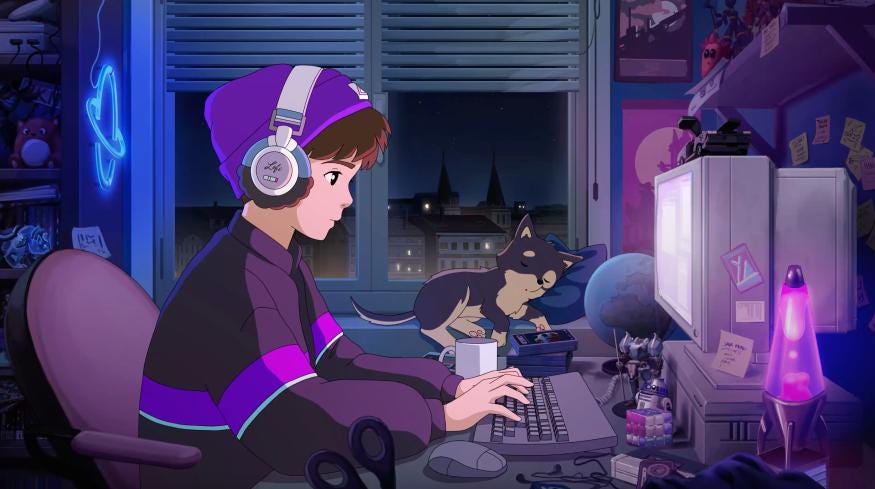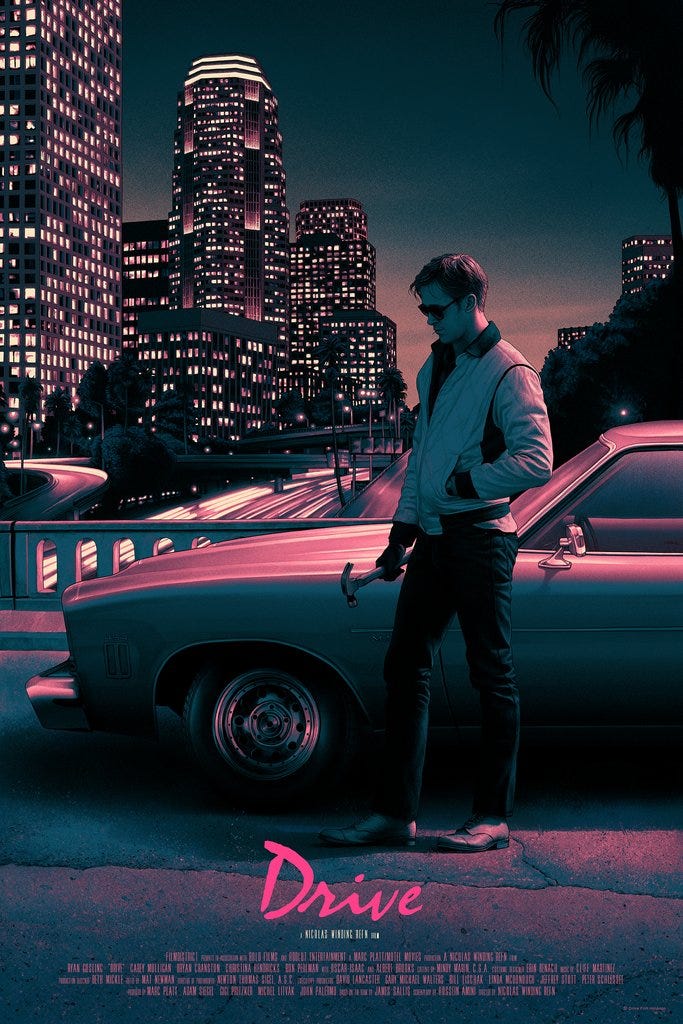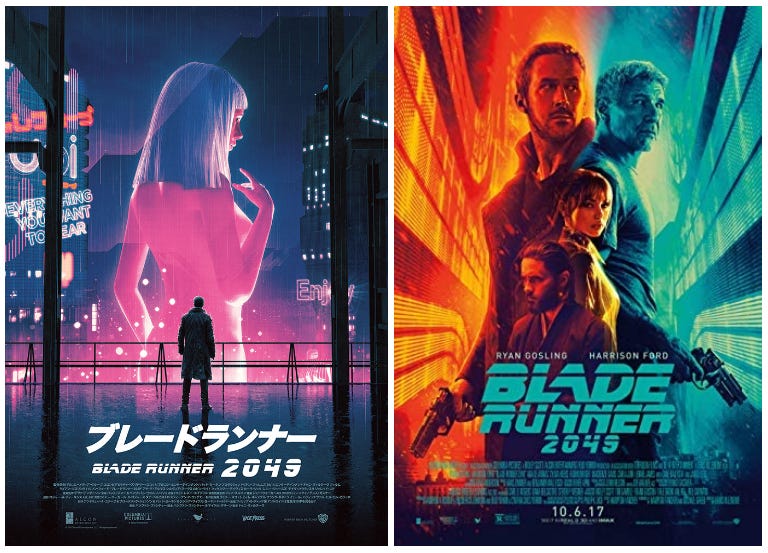Lofi Girl
The History of an Internet Icon
Welcome to Words with Wynn! If this is your first time perusing my content and you’d like more of my weekly musings, subscribe below:
Last December, I discovered that you can get merch with the iconic Lofi Girl on it. I immediately thought to myself “What better gift for my nerdy, internet scrawling roommate than a Lofi Girl hoodie?”
She’s iconic, she’s niche, and she’s the perfect accessory for any gamer.
But where did this studying matron of chill actually come from? This week I did a dive on the history of Lofi Girl and how the mascot of a niche playlist has become a beloved internet icon and flourishing brand.
What is Lofi and Where Did It Come from?
Lofi (‘Low Fidelity’) is a style of music that first emerged in the 80s/90s, but gained popularity in its current form in the early 2000s. Originally, the genre was defined by its less sophisticated musical soundscapes (hence, ‘low fidelity’), and came from a generation of DIY producers creating rough tracks and distributing them via cassettes. Stylistically, Lofi today is characterized by looping sounds, ambient effects, jazz influences and chords, with minimalist sound design. In the early 2000s, as electronic music production began to gain popularity thanks to more affordable computing power in conjunction with more accessible production software, Lofi saw a resurgence.
Leading this resurgence and its adoption with American audiences were two main factors, one artistic and one technological. Artistically, Lofi became inextricably linked with Anime through the contributions of Japanese DJ/producer Jun Seba, known professionally as Nujabes, and his work designing the music for Samurai Champloo:
At the time, anime was gaining popularity with now-Millennial audiences thanks in part to Cartoon Network’s late-night Toonami programming block featuring shows like Samurai Champloo and Cowboy Bebop (another anime defined by music, but famed for its rippin’ jazz heaters), both of which gained cult-like followings.
Fundamental to Samurai Champloo’s style and aesthetic were its chilled out, distinctive beats produced by Nujabes. From this platform, and its niche popularity, Nujabes gained notoriety for his musical style and pioneered the sound we now recognize as Lofi. Tragically, he died in 2010 at the young age of 36. Despite his early death, the work of Nujabes laid the foundation for this emerging genre to unfold.
A couple Nujabes tracks that would define early Lofi:
Battlecry - the opening track to Samurai Champloo. This track embodies Nujabes’s signature sound, and also differs from modern-day lofi with its more prominently featured rapping vocals (which might be defined today as more Chillhop- Chill hiphop).
Aruaruian Dance - a great example of the simplistic style of chilled out, loop-centric beats that would come to define Lofi’s style
Simultaneously, the advent of social media and video streaming helped to spur the popularity of this blossoming genre. Where music consumption had previously been defined by the changing of CDs, interruptions by ads, or limitations from memory (iPods), streaming introduced endless playability. With increasing internet speed, suddenly music could be set and forgotten, looping in the background ad infinitum. Perfect for a genre meant to be ignored.
Enter Chilled Cow & the Birth of a Brand
But when better to enjoy music meant to be ignored than in the throes of a panic-inducing, end of semester cram session?
Enter Chilled Cow:
Lofi Girl’s humble origins actually stem from a Youtube channel by another name: Chilled Cow. Chilled Cow was launched by anonymous French artist Dimitri in 2015, but began its most iconic upload with a live stream in 2017 entitled “24/7 lofi hip hop beats to study/relax to” (or something to that effect, I couldn’t verify exact wording). At the time, it was little more than an unending stream of chilled out beats, curated by Dimitri, laid behind a looping animation of Shizuku Tsukishima, a character from Studio Ghibli’s Whisper of the Heart.
The iconic Studio Ghibli aesthetic complimented the laid-back melodies to strike a chord with a maturing millennial audience that had been raised on late night anime polished by Nujabes’s silky smooth beats.
But another technological component also played a surprising role in the stream’s snowball to cultural relevance. With Twitch/Youtube livestreams, there is usually a live comment section running somewhere on the page. This space to chat soon coalesced to form a small, but mighty community of individuals streaming Chilled Cow’s curations for hours on end. Being the perfect background music for studying, a large contingent of this community was students, and the channel’s popularity often spiked near semester-end exams as students would tune in and lament their shared stresses.
Unfortunately, given the iconic nature of the imagery and channel’s rising popularity, Chilled Cow’s stream soon became subject to takedowns by Youtube’s licensing/copyright police. This spurred Dimitri to put out an open request for a new logo of “a student busy revising for her classes with Miyazaki-esque visuals”. The commission was picked up by Colombian artist Juan Pablo Machado who created the Lofi Girl we know and love today:
This simply styled piece has become something of an internet icon, inspiring myriad parodies, derivatives, and compliments over the years:
Besides hiccups with the art, Lofi Girl also ran into problems with streaming rights for tracks themselves. As the platform expanded and had more eyeballs on it, it became increasingly apparent that the team needed structure around the music it curated, which initially had been a process of getting artists’ permissions ad hoc.
Expansion and Current Iteration
By 2019, the channel had enough popularity that it was a staple in internet culture and provided significant exposure for artists within this niche genre of music. As Lofi Girl wrestled with copyrighting issues, they eventually launched their own in-house record label that year, Lofi Records. This allowed them to build an extensive in-house catalog of music to feed their stream while simultaneously supporting the creators they loved. Today, the label represents over 300 Lofi artists.
Additionally, the team capitalized on the popularity of their page and the organic community that had formed within its streams to launch a Discord and offer merch. For the uninformed, Discord is the leading community management platform on the internet, with its original popularity coming from tight-knit gaming communities connecting and managing their members. The platform makes it incredibly simple to spin up a shared space for one’s community, easily building out sub-channels/groups for various tasks, interests, hangouts, and more. It’s the ideal platform for connecting internet-native communities.
And it’s precisely the community component of Lofi Girl that I find particularly fascinating. The team has been able to leverage a simple brand around wholesome, luscious beats and relaxing positivity into a full-blown community, providing a peaceful space for its members to interact and connect. The Discord itself has channels for members to socialize, for graphic artists to share their work, and for emerging Lofi producers to feature their beats. For context on size, as I’m writing this the Lofi Girl discord server has over 100,000 members actively online, with a total server membership exceeding 800,000 people.
The avid nature of their nerdy community coupled with its niche internet fame has also been a unique advantage for the brand as it expanded beyond its initial wedge…
One of the key features of Lofi Girl’s Youtube and Twitch streams has been its ongoing continuity. The channel bumps Lofi music day and night, rain or shine, and stands as one of the longest running, continually streaming channels on the entire internet. This continuity is matched by the unchanging presence of the page’s mascot, a stalwart accomplice for late-night studiers.
This laid the perfect foundation for spurring internet speculation when, earlier last month, the Lofi Girl suddenly disappeared from the stream. The music marched onward to an empty chair, a catless ledge, and a sudden blue blinking from room across the cityscape.
As the mystery thickened, fans realized that the blinking was morse code that led to a website entitled “Lofi World”:
Once the app had loaded, users could click a “Launch” button that would bring them to a second Lofi Girl stream with the following imagery:
A blue room, with geeky memorabilia (Gundam action figures, a Gamecube in the corner) and a countdown timer-calendar combo. Simultaneously, the original Lofi Girl stream itself had slowly been zooming in on the blue window across the way over the course of the countdown.
Eventually, the two channels showed a simultaneous reveal from alternate angles- a boy strode in, dropped his bag, and hopped down at a computer to begin gaming.
Thus was born Synthwave Boy and “synthwave radio - beats to chill/game to”:
For reference, Synthwave is a style of retro-futuristic synth heavy music that also gained popularity in the early 2000s. The genre itself is heavily influenced by ‘80s sci-fi culture, media, and video games to create futuristic soundscapes. Its aesthetic was revitalized and heavily influenced by the French producer Kavinsky, whose music itself was elevated to mainstream U.S. popularity when his iconic track Nightcall was featured in the legendary title sequence for Drive (a bad ass film starring Ryan Gosling).
And a vibey track that really sums up the far out synthwave sound is Resonance by HOME, a song which has ironically blown up recently because of TikTok.
The highly stylized, retro futurist feel has become popular with gamer types, and the aesthetic itself is deeply intertwined with sci-fi nerd culture:
For me, this is a powerful example of leveraging community and subtle brand building to creatively launch a tangential product. Lofi Girl recognized its internet native audience, the significant overlap in activities that its users were using its product for (gaming/studying), and the nearest adjacency to its core offering (a similar music style). The team had steadily built a loyal following and now has laid the foundation to carefully expand its internet fiefdom beyond the confines of its initial, narrow vertical.
Conclusion
I recognize that this is quite a study for an internet micro-community, but it serves as an interesting example of a team delighting its audience while expanding its brand, and remaining true to its core values all the while. As opposed to the brute-force, money-grubbing, ever-expanding IP empires we see traditional media conglomerates leaching for every possible cent (see: Marvel Universe, DC Universe, etc.), I think that the Lofi Girl brand’s work is both refreshing and deliberate. They’ve remained true to the low-key culture ingrained in their music and community, and have thoughtfully expanded their brand in a measured way, all in the name of good vibes and chill beats.
Keep vibin’
- 🍋
P.S. And for any of you that have really gone down the internet rabbit hole into niche subcultures, another one I like is vaporwave (alternatively: v a p o r w a v e ) which could be described as:
Sounds a bit like Resort Realism…
And sports a kind of wild surreal kinda post-modern, Miami vice type aesthetic:



















